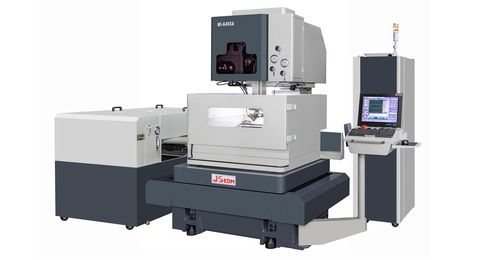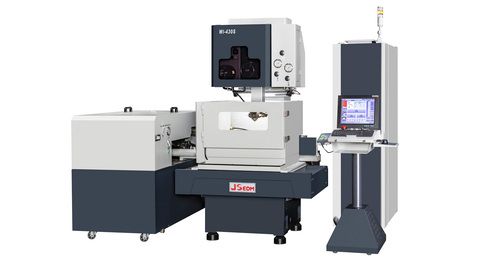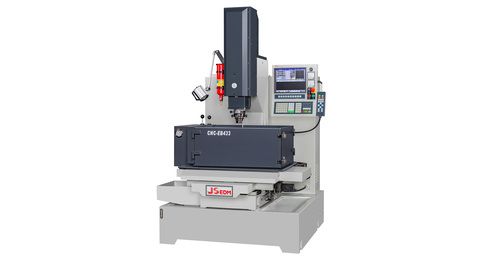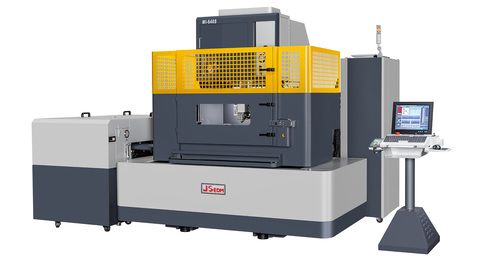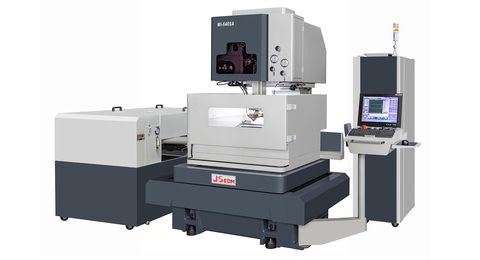Jiann Sheng Machinery & Electric Industrial Co., LTD. | JSEDM: Advanced EDM Machines and Energy-Efficient Solutions for Global Manufacturing
Providing the most complete Electrical Discharge Machine products and solutions with innovative ideas and professional attitude. Jiann Sheng Machinery & Electric Industrial Co., LTD. (JSEDM), founded in 1982, has over 40 years of expertise in manufacturing Electric Discharge Machines (EDM). Specializing in Wire Cut, CNC, and ZNC EDM, we offer a wide range of machine sizes and customizable solutions to meet diverse industry needs. JSEDM is certified by CE, UL, and ISO, ensuring the highest quality standards. Our machines feature user-friendly control systems, designed for precision and efficiency, while minimizing maintenance costs. With a global service network and support via SKYPE, WeChat, and WhatsApp, we provide real-time assistance to keep your production running smoothly and efficiently.
Light the future with sparking
JSEDM has been established for over 40 years, dedicated on developing the most economical and affordable electrical discharge machines. JSEDM uses a self-developed control system to create machines that offers high cutting accuracy and ease of operation.

